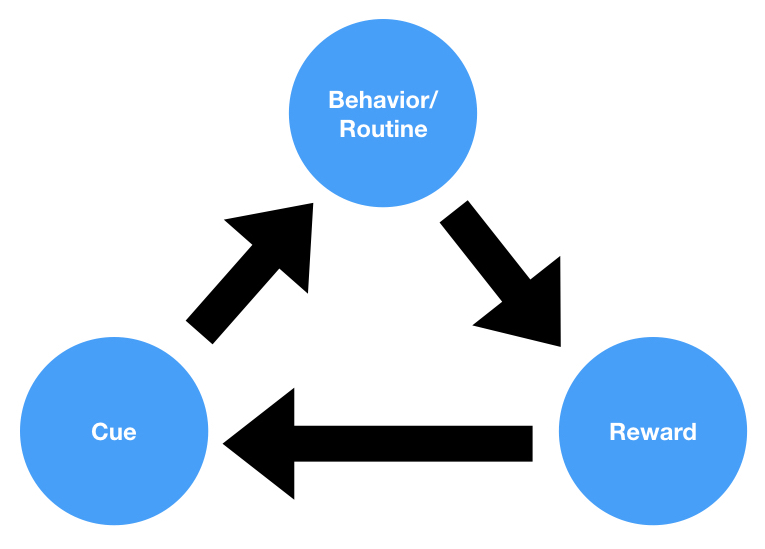What is Signal Detection Theory?
Signal Detection Theory (SDT) is a framework used in psychology and neuroscience to understand how organisms discriminate between signal and noise within a variety of contexts. SDT assumes that the detection of stimuli in an environment is influenced by both sensory and decision-making processes. It provides a method to separate an individual’s sensitivity to a signal from their willingness to report it, by considering both the hit rate and the false alarm rate in a series of trials.
Why is it Important?
Signal Detection Theory is crucial for several reasons:
- It accounts for subjective aspects such as decision-making biases.
- SDT enables a distinction between perceptual sensitivity and response bias.
- It can be used to improve systems and procedures in various fields, like medical diagnostics, aviation safety, and psychology.
- SDT fosters an understanding of how environmental and psychological factors influence our perception and decisions.
How Does it Work?
Signal Detection Theory works by analyzing the responses given under uncertainty:
- A stimulus is presented that may either contain a signal or just noise.
- The observer decides whether they perceive the signal (a “hit” or “false alarm”) or do not perceive the signal (a “miss” or “correct rejection”).
- The observer’s responses are then categorized accordingly to calculate measures of sensitivity and response bias.
What are its Properties?
The primary attributes of Signal Detection Theory include:
Sensitivity (d’)
- Measures the ability to distinguish between signal and noise.
- Determined by the hit rate and the false alarm rate.
Response Bias (Criterion)
- Reflects the observer’s tendency to report observing the signal across uncertainty.
- It’s influenced by the potential costs or benefits of different outcomes.
Receiver Operating Characteristic (ROC) Curve
- A graphical plot that illustrates the diagnostic ability of a binary classifier system.
How is it Measured?
Signal Detection Theory is quantified through calculations derived from the observer’s performance, such as:
- Hit rate: The proportion of signal trials where the signal was correctly detected.
- False alarm rate: The proportion of noise trials where a signal was incorrectly reported.
- These rates can then be plotted on an ROC curve to visualize and compare detection performances under different conditions.
What are its Relationships to Other Concepts?
Signal Detection Theory is connected to several other concepts in neuroscience and psychology, including:
- Perception: SDT informs on how sensory systems process signals amidst noise.
- Cognitive Psychology: It provides insight into decision-making processes under uncertainty.
- Psychophysics: SDT extends the study of relationships between stimuli’s physical properties and the sensations they evoke.
- Behavioral Economics: The theory is related to the study of biases and heuristics in decision-making.
What are its Limitations?
The limitations of Signal Detection Theory include:
- Assumption of binary classification, which may not apply to all real-world scenarios.
- May not account for complexities in cognitive processing or environmental factors affecting detection.
- Requires a large number of trials for accurate calculations, which may not always be practical.
How is it Used?
Signal Detection Theory has numerous applications, such as:
- Improving the accuracy of medical diagnostics by distinguishing disease signals from healthy noise.
- Enhancing security by optimizing systems to detect threats with minimal false alarms.
- Analyzing and improving human performance in tasks requiring vigilance, such as air traffic control.
- Designing more effective communication systems and evaluating sensory product performance.
What is its History?
Signal Detection Theory originated in the 1950s from the field of electrical engineering and radar signal processing. It was subsequently applied to psychology by researchers such as Wilson P. Tanner, Jr. and John A. Swets, who sought to understand the factors influencing the accuracy of perceptual decisions in noisy environments.
What are its Future Possibilities?
Future possibilities for Signal Detection Theory include:
- Integration with machine learning to create adaptive systems which can improve with experience, just like human decision-making abilities.
- Expanding the framework to include multi-alternative and complex decision-making scenarios.
- Application in neuroeconomics to better understand how individuals make risky and uncertain choices.
- Further elaboration of the connections between neural activity and psychological detection and decision processes.




